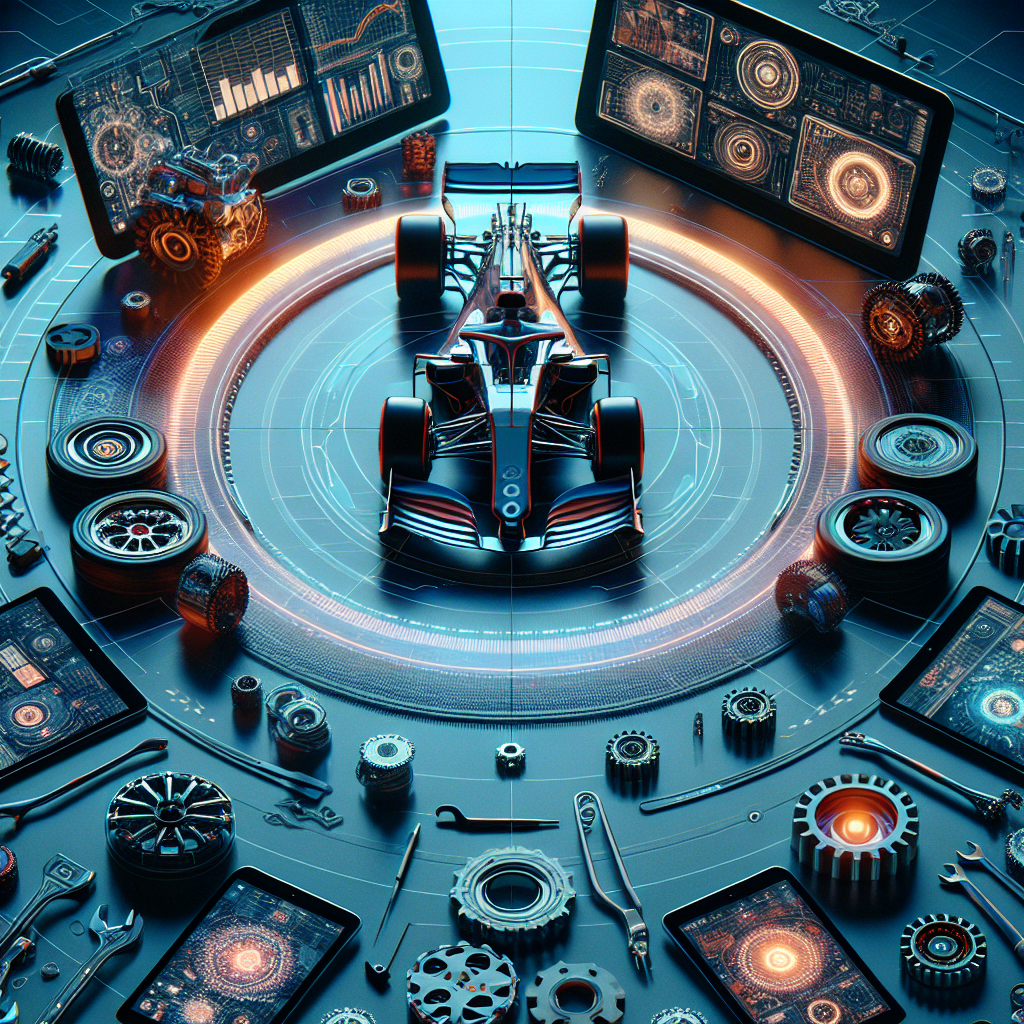Harnessing AI for Flawless Pit Stops: Nascar Pit Crews Take a Comical Leap into the Future

“Nascar Pit Crews Are Using AI for the Perfect Pit Stop”
“Richard Childress Racing has restored its battered cars using gut feel and gauges. Now, it’s about to plug in a machine that crunches a million data points per second,” reports the original article from Wired.
Oh, what a time to be alive and witness the harmonious high-speed tango between artificial intelligence and auto racing.
The scruffy, oil-stained days of tough-nutted mechanics slamming down toolboxes in frustration seem to be vanishing in the rear-view mirror; nowadays it’s all tabs, terabytes, and AI. Lenovo, throwing its hat into the Nascar pit-stop arena, is here to accelerate this transition from traditional mechanics to modern-day tech marvels.
Ever heard of “Richard Childress Racing” before? Well, if you haven’t, they’re a hugely successful NASCAR team. And their way of fixing broken-down cars? A charming cacophony of spitting acumen, relying on a mechanic’s crude intuition and, let’s face it, candid guesswork. A refreshing approach compared to their tech-savvy peers who are busy connecting with Silicon Valley.
However, the tide is turning at this garage. Enter Lenovo, with a machine that processes an astonishing million data points per second. Its mission – lend a helping ‘digital’ hand to get the race cars up and running with impeccable precision, instead of the regular elbow grease and educated guesswork.
But let’s move past the initial wow factor provided by the fancy number of data points and get a hold of the actual implication here. What Lenovo is proposing is a radical upgrade to the whole ‘guess game’ involved in the aftermath of the crash. Their system isn’t just spitting out cold, hard data, it’s also using tech to translate these figures into actionable tweaks. Think Iron Man’s Jarvis, working backstage, making sure everything from engine pressure to tire grip is prim and proper, overhauling the entire pit-stop protocol on the fly.
This AI-powered phenomena could reshape the nature of NASCAR racing, making it less of a grease monkey’s game and more a chess match where strategic tech moves matter. The shift is intriguing, if not a tad unnerving for traditionalists.
Sure, the added brainpower of artificial intelligence could dial up efficiency, minimize human error and speed up trackside repairs. But some may argue this strips away the raw, nuts-and-bolts authenticity of racing, replacing oil slicks and wrenches with algorithms and binary code.
Whatever your opinion is on this AI invasion into the pit-stop, it’s evidently clear that the race is now on. Traditional mechanics, you’ve been served. It’s time to pick up new tools and plug in. Welcome to the future of auto racing.
